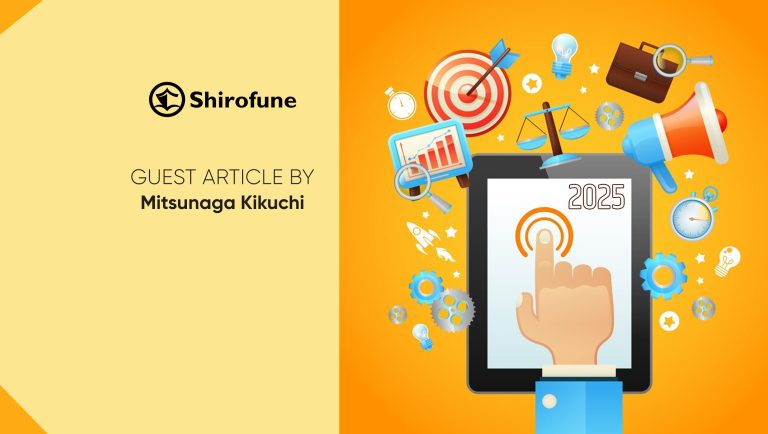Customer experience doesn’t begin and end with a visit to a store or website. The journey that leads to sales at checkout and builds brand loyalty for future purchases often consists of many disconnected steps. At the heart of it all is a need to create personal, human connections for consumers that feel cohesive and intuitive.
This means brands must connect via touchpoints across all channels and devices to reach consumers where and when it’s most convenient to them with messages that matter most to their immediate interests. And all in an instant. To facilitate this, companies are employing tactics such as personalized product offerings, loyalty discounts, and subscription models. Personalization will transform consumer expectations who will start to see the pampered consumer experience as the norm.
The “Amazon effect,” popularized by its namesake for applying customer data for product recommendations and personalized digital shopper experiences, is increasingly being adopted by brands wanting to put first-party customer data to work for improved customer experiences that cater to an individual’s interests. Making the task even more complex, today’s consumers want shopping experiences that are not only convenient and relevant but also fun.
Read more: Laying the Foundations for Successful Online Personalization
Below, I’ve narrowed down the top five customer demands I see retailers facing today and how they’re being met to transform the task of shopping into an elevated experience that makes customers leave happy and come back for more.
1. Make it Easy
PwC’s “The New Retail Ecosystem” report finds that offline shoppers care most about fair prices, with 64 percent noting it as the deciding factor in making a purchase at brick-and-mortar retailers. When shopping online, however, consumers ranked convenience first. This means enhancing online channels with frictionless journey navigation, easy access to products and information, and fast-loading content can make the difference between keeping consumers engaged through to conversions at checkout and not. A more seamless online to offline retail experience also makes a big difference in providing consumers with even more flexibility.
Case in point, Walmart has very successfully integrated online ordering and e-commerce capabilities with its traditional brick-and-mortar locations to offer customers more options. In 2018, the company launched click-and-collect kiosks in 500 of its stores to provide quick, simple and convenient collection for customers. Other solutions such as Sitecore-customer and online fashion and cosmetic retailer ASOS’s ‘try now, pay later’ payment option allows customers to receive and try on items for free and only pay for what they decide to keep.
Amazon, undoubtedly the most prolific name in e-commerce, successfully implemented similar strategies, integrating its acquisition of Whole Foods with its Prime Now service for same-day grocery deliveries and in-store pick-ups at Whole Foods locations, while its Prime Wardrobe service provides customers the option to receive and try on up to eight clothing items at a time with free returns.
2. Make it Personal
Beyond the convenience of shopping at any time from anywhere, consumers also want an experience that caters to their individual needs. Personalization such as custom product offerings, automated leveraging customer data, means brands can send customers unique offers and recommendations tailored to their interests and product preferences. And the tactic works: Econsultancy found that 93% of companies see an uplift in conversion rates when implementing personalization strategies.
Chick-fil-A, which has over 2,300 restaurants across the United States, used Sitecore’s experience platform to enable personalized digital interactions via context marketing across 20 different user segments. Taking into account a customer’s past and current interactions along with user data such as Geo-IP data, online and app users were delivered personalized content ranging from food recommendations such as regional menu options and likely purchases to local Chick-fil-A community stories, helping drive brand loyalty and grow online orders. Following the implementation, the quick-service restaurant famous for its fried chicken sandwich saw online orders leap 450 percent and overall engagement value jump by 143 percent.
3. Make it Rewarding
PwC’s retail ecosystem report also found that more than 70 percent of consumers are staunch brand-loyalists, with less than a third willing to try new offerings. What’s more, many also respond well to loyalty programs and appreciate brands that take steps to show they value customers.
However, generic one-size-fits-all offers—whether discounts or free products—do not meet the expectations of modern consumers and personalized loyalty programs where promotions are customized to the individual are necessary to have a notable impact today. Ulta Beauty stands out for its success with this strategy, using customer data to offer a wide variety of products to test, personalized birthday gifts and a tiered loyalty program that offers members rewards based on their level—all resulting in 90 percent of sales being driven by loyalty program members.
4. Make it Inspirational
Augmented Reality (AR) became a household term with the launch of the popular mobile game Pokémon GO, but the technology has since been successfully adapted for practical applications that can enhance the shopping experience with mobile apps that let consumers visualize how a product may look in their home or even on themselves before committing to a purchase.
Paint-company Sherwin-Williams leveraged the technology to allow its app users to see how different color swatches would look in a room using its ColorSnap Visualizer app. L’Oréal has used AR and face mapping technology in its mobile app, allowing customers to try out different styles, such as hair colors and lipstick shades, before making a purchase. As you may have guessed, even Amazon has leveraged the technology, with its Amazon AR View function in its app allowing customers to see how furniture would look in a room.
5. Make it Persuasive
Finally, consumers do not take brand messages as fact. They make purchases based on what everyone else has to say about the brand and its products. When Amazon pioneered and implemented ratings and reviews, their business transformed overnight.
One way to convince customers to choose your brand over others is through user-generated content. In fact, research from Stackla found that 79 percent of consumers say user-generated content such as product reviews and ratings, both on the brand’s own website and on other listing pages, is highly influential in growing their propensity to buy. Even as social commerce has grown in popularity in recent years with many consumers starting their search and even completing purchases on social channels, user-generated content is nearly ten times more impactful than social influencer content on a consumer’s purchasing decision.
Conclusion
New personalization tactics will continue to emerge, helping brands connect more intuitively with consumers. Expect this trend to further shape how businesses market and facilitate commerce, transforming expectations from consumers who will start to see the pampered consumer experience as the norm. For businesses that invest in personalization, this will mean having the ability to strengthen relationships with customers and leverage content better for improved ROI. For businesses that don’t, it will mean falling short on customer expectations and leaving opportunities on the table.





















